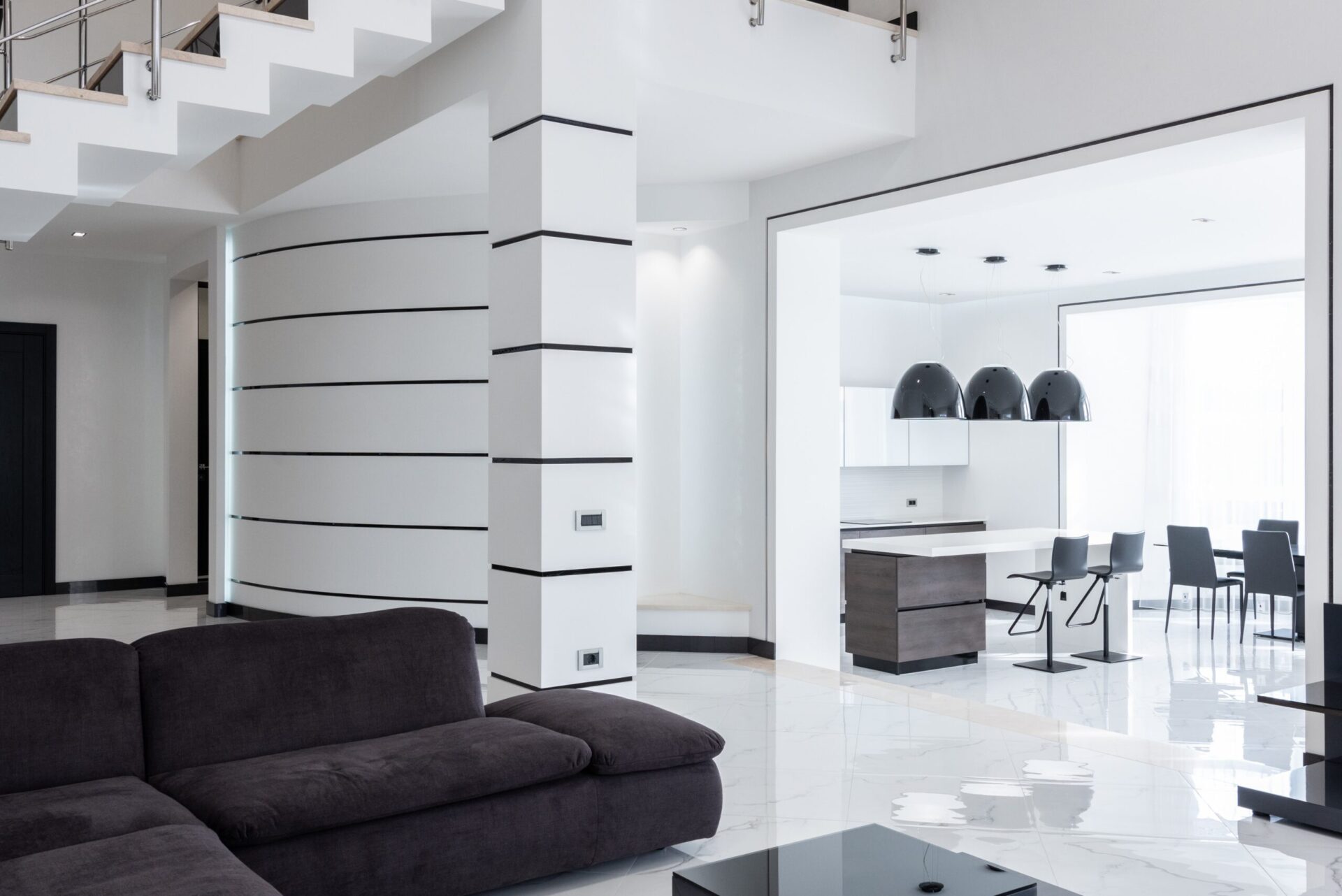
Unveiling the Origins: Tracing the Fascinating History of the Term “Interior Design”
The term “interior design” has become ubiquitous in the realm of creating captivating and functional spaces. It encapsulates the art and science of transforming interiors into aesthetically pleasing and purposeful environments. However, the history of the term “interior design” is an intriguing journey that reflects the evolving nature of our relationship with our living spaces. In this blog, we will trace the origins and evolution of the term “interior design” and its significance in shaping our built environment.
Origins in Architectural Practice:
The concept of designing interior spaces has existed for centuries, but the specific term “interior design” emerged relatively recently. It was during the late 19th century that the phrase began to gain recognition and popularity. Prior to that, the role of creating interiors was often intertwined with architectural practice, and architects themselves were responsible for designing both the exterior and interior spaces of buildings.
The Shaping of a Profession:
As the industrial revolution swept across the globe, urbanization and social changes led to a greater emphasis on the design and functionality of interior spaces. With the rise of the middle class and the growing demand for aesthetically pleasing and well-designed homes, a need for specialized professionals dedicated to interior spaces emerged. This gave birth to the profession we now know as interior design.
Elsie de Wolfe and the Birth of Interior Design:
In the early 20th century, a pivotal figure emerged who is often regarded as the first professional interior designer. Elsie de Wolfe, known as Lady Mendl, transformed the perception of interior design and paved the way for it to be recognized as a legitimate profession. She revolutionized interior design by incorporating elements of comfort, style, and personal expression, and her work garnered attention and admiration from high society.
Recognition and Education:
As the importance of interior design grew, the need for education and professional standards became apparent. Institutions and organizations dedicated to interior design were established, and formal education programs were developed to provide aspiring designers with the necessary skills and knowledge. This led to the professionalization of the field, with practitioners gaining recognition for their expertise in creating functional and aesthetically pleasing interiors.
Contemporary Trends and Evolving Definitions:
In recent decades, the definition and scope of interior design have continued to expand. It now encompasses not only residential and commercial spaces but also hospitality, healthcare, retail, and more. Interior designers are increasingly incorporating sustainable design practices, technological advancements, and user-centered approaches to create spaces that cater to the needs and preferences of individuals and communities.
The term “interior design” may be relatively young in comparison to the practice itself, but it carries with it a rich history of transforming spaces and enhancing our living environments. From its roots in architectural practice to the birth of the profession and the ongoing evolution of its definition, interior design has become an integral part of our lives. As our lifestyles and needs continue to evolve, so too will the practice of interior design, shaping the spaces in which we live, work, and play.



No responses yet